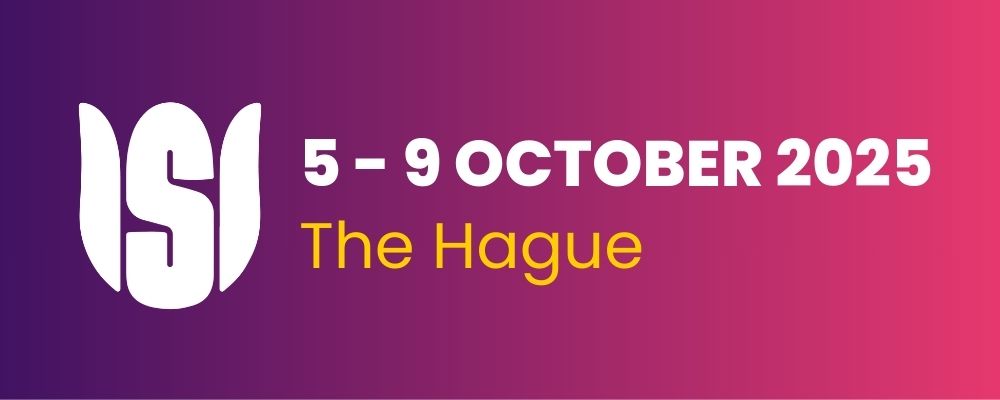Use of Geospatial Methods for Small Area Population Estimation
Conference
Category: International Statistical Institute
Proposal Description
Small area population estimation methods are crucial for providing granular statistics of populations and their characteristics. The methods typically combine the strengths of various data sources; census, survey and administrative data, to produce quality estimates for small area geographies. In recent years, geospatial approaches have been used to produce small area population estimates that exciting avenues of research that cannot be achieved from traditional data sources. For instance, a census is only ever run periodically, typically 5-10 years. Survey data often struggles to produce quality small area population estimates on its own due to small sample sizes at the area of interest. Finally, administrative data can sometimes measure the target variables of interest in different ways to census/survey data.
To complement these data sources, geospatial data and methods have been proposed to address some of the challenges with small area estimation. Various types of geospatial data have potential use for small area estimation, ranging from satellite imagery measuring night-time lights radiation and land cover classifications, to listing building stocks and footprints, points of interest data and access to amenities, as well as distance travelled to access these places. The common theme of these data sources is that they must relate to, and are predictive of, a target variable of interest at small area geographies.
There are several advantages for using geospatial data for small area population estimation. Firstly, the granular nature of these datasets potentially allow for more granular small area outputs to be produced. For instance, a popular approach is to use ‘gridded’ geospatial data sources to produce estimates at this level. Organisations such as WorldPop have developed methodologies to produce a multitude of gridded outputs of the population and population characteristics, typically at 100m grid squares. Other benefits of incorporating geospatial data are that, in a lot of cases, this data is available at more frequent intervals than would be available for survey or administrative data. This offers the possibilities of producing more frequent small area population estimates than currently achieved, and particularly more frequent than census based outputs.
In this session, we present various applications of using geospatial data to produce small area population estimates. The session will highlight case studies of applying these methods across the globe, and include various topics including population estimation, as well as estimating characteristics of the population such as income. The presentations will offer a unique chance to discuss recent developments in using geospatial data for small area estimation, sparking discussion and debate around the current state of play in this area, and what the future holds for continuously adapting and improving the quality of small area estimates using radical data sources.
